1500-1850
Ming-Qing illustrations of the organs
Yi-Li Wu
Associate Professor of Womenʼs and Gender Studies and History, University of Michigan, Ann Arbor (USA)
Classical Chinese medical cosmology taught that the origin of all vitality and materiality in the human body was qi, endowed at conception and subsequently derived from food and drink. A core concern was thus how to understand the internal organs that produced and circulated qi. “Inner landscapes” (fig.1) helped readers to visualize the placement of all the organs in the body’s trunk and the pathways that connected them to each other.
The ancient medical classic, the Yellow Emperor’s Inner Canon, used political metaphors to distinguish two types of vital organs. The “depots” (zang) were the heart, kidney, liver, lungs, and spleen, responsible for storing vitalities. They were envisioned as lying more deeply in the body’s interior and were hence yin. The “palaces” (fu) were the large intestine, small intestine, bladder, gall bladder and “Triple Burner” (san jiao, an organ unique to Chinese medicine), the organs responsible for transporting vitalities. Envisioned as relatively exterior, they were yang. Doctors also placed the organs into yin-yang pairs, for example, the heart (figs.2 and 4) with the small intestine, the lung with the large intestine, and the spleen with the stomach. Thus, while the immediate organs of digestion were the spleen and stomach (figs. 3 and 5), their healthy functioning depended on the well-being of the ensemble of organs.
The interest in the internal organs even led to three official dissections of rebels, one during the 1st century and two in the mid-11th and early 12th centuries (for an image from the latter as reproduced by Rashīd al-Dīn in Persia, see Travelling guts. Some individual doctors also made opportunistic observations of people executed for crimes and exposed corpses. A famous example is Wang Qingren (fig. 5), who used his findings to challenge classical descriptions of the organs. As an ensemble, the images here exemplify the urge to visually depict the organs. They also show that debates about the body were carried out in pictures as well as in words.


